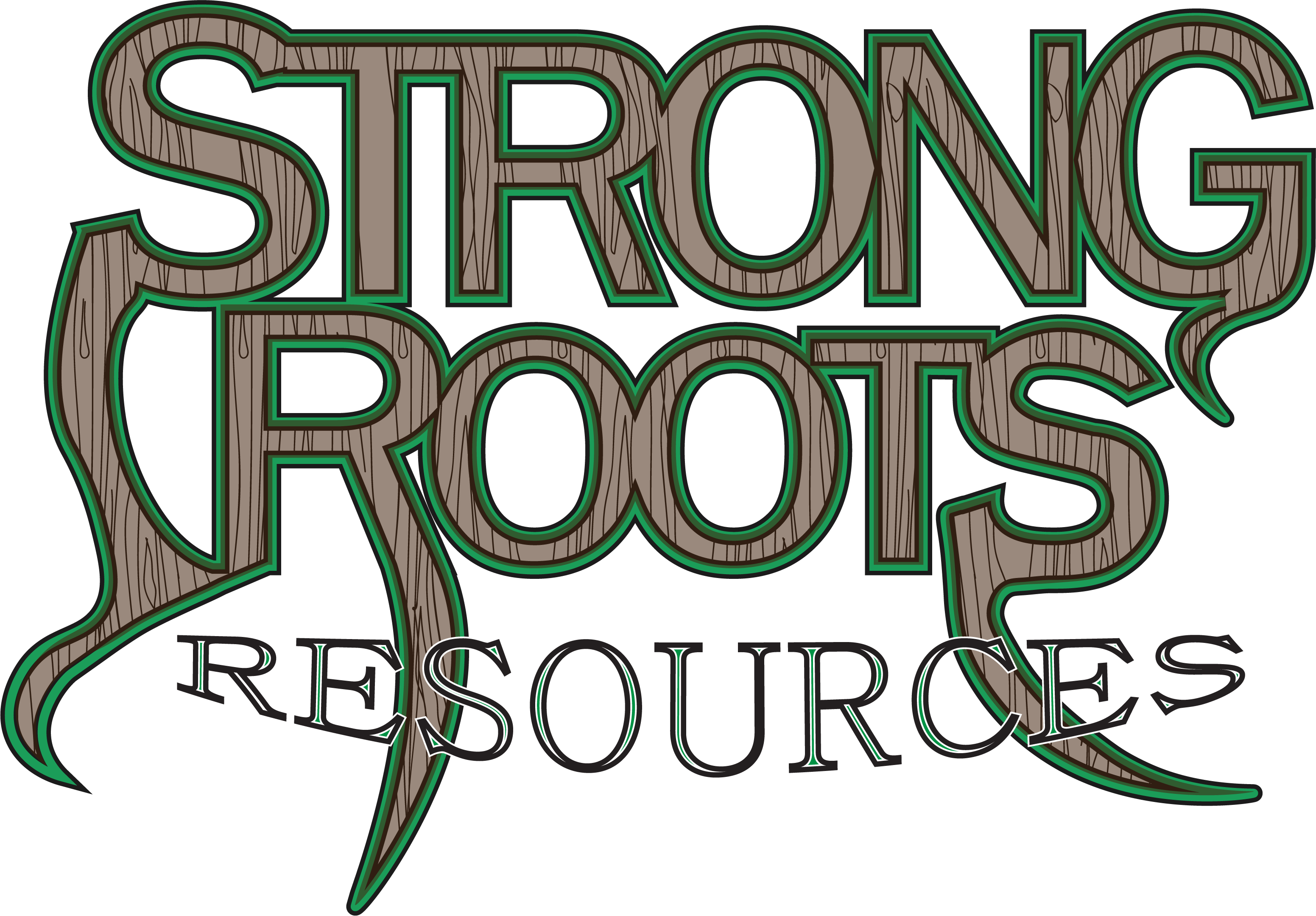When I’m out on a site evaluating land for its productivity capabilities, often my customer will lament that they just don’t have enough space. If someone is inclined towards traditional row gardening by tilling up a 1/4 acre garden, then the small city lots many of us live on will seem indeed too small to do much with. However, there’s a variety of techniques that work great for these smaller spaces and I would argue that small is downright the best way to go.
Since I grew up helping my Mom in a traditional large garden, that was the knowledge I had when we moved to our home 14 years ago. I made several mistakes the first couple of years. I positioned the garden too far from the house in too shady of an area in a location that ended up holding standing water every time we had a heavy rain. It took a few seasons of observation, trial and error to recognize that it made more sense to keep the gardens close to the house where I would check on them daily and to build raised beds to hold more soil fertility and allow drainage.
Since I live on just a 1/5 acre lot, in a half hour, I’m able to walk the majority of my property and check on how everything is doing. From the edge of the road, I have two beds hemmed in by logs (a technique known as hugelkultur) that in the warm months is full of marigolds, sunflowers and other plants that the butterflies and bees enjoy. Just beyond there I have an area that holds perennial herbs such as lavender, rosemary, tarragon and comfrey. The soil there has always stayed rather dry and those herbs thrive in that environment. This is also the location where Operation Mum Salvage takes place. In the fall I rescue the mums that folks toss out to the curb and plant them. Most of the time they root, survive the winter and become bushy perennials. Also, just across the sidewalk are fruit trees. One bears peaches, two are apples and the fourth begets something like a plum crossed with a bing cherry. From there I can check on the raised beds on the western side of the front yard that, depending on season, are growing greens, herbs, garlic and are accompanied by some butterfly bushes and an azalea that is bee central in the summertime. At the backyard fence I have trained thornless blackberries.
Enter into the backyard and there are several raised beds directly off the deck, a pecan tree that was here when we bought the house, composting areas and wood corral built on the driveway. Hops and loofah grow off the end of the deck. An L shaped chicken run follows the southwest corner of the yard. The backyard still has lots of potential but I have to strike a balance with having two dogs that like their running room and also dig relentlessly. The southernmost backyard has also flooded at times so I dug out a pond to capture the water and we have improved drainage with regular applications of woodchips. Shade is provided by mimosa and mulberry trees and gives the chickens some cover from hawks.
This is just a bit of the potential of small spaces. By utilizing edge and vertical space, I keep finding more places to put to use for growing. I love the challenge of intensive production to the point that I have woken up in the middle of the night with an idea of how to use a certain space better.
If this kind of thing resonates with you, get in touch and let’s see what we can make happen on your own land.
